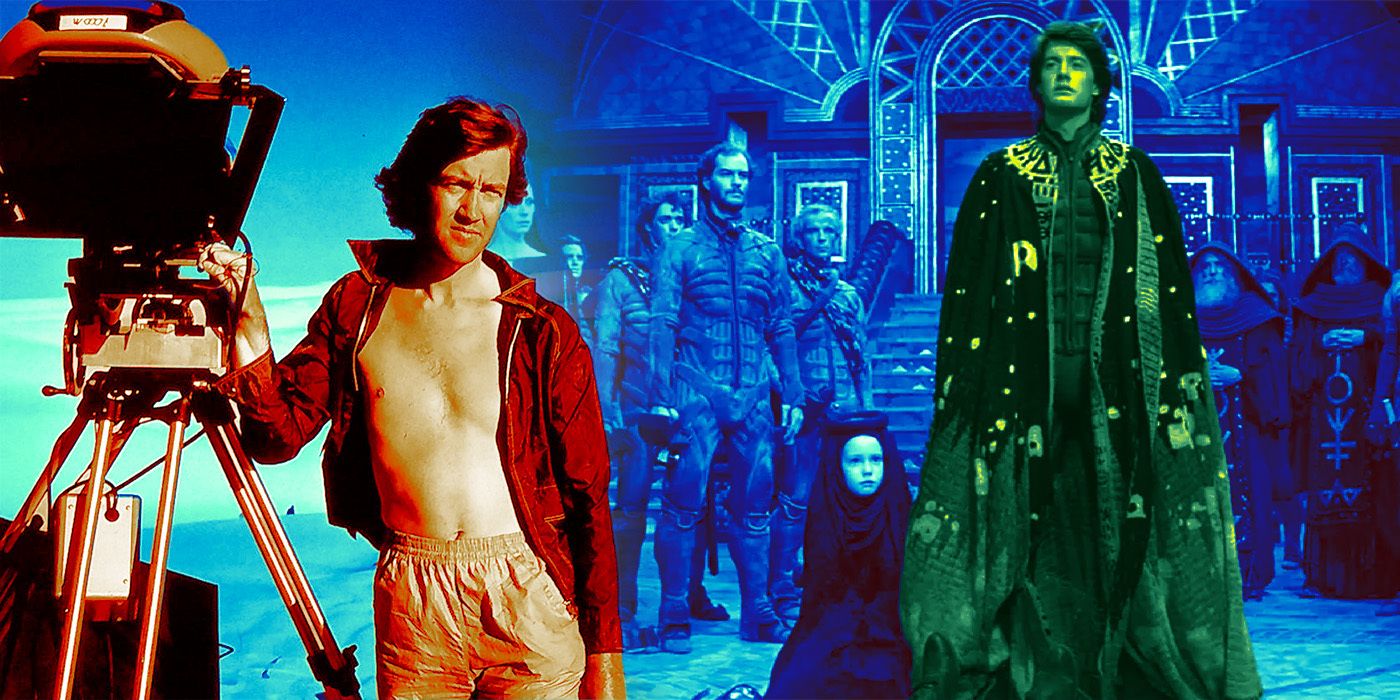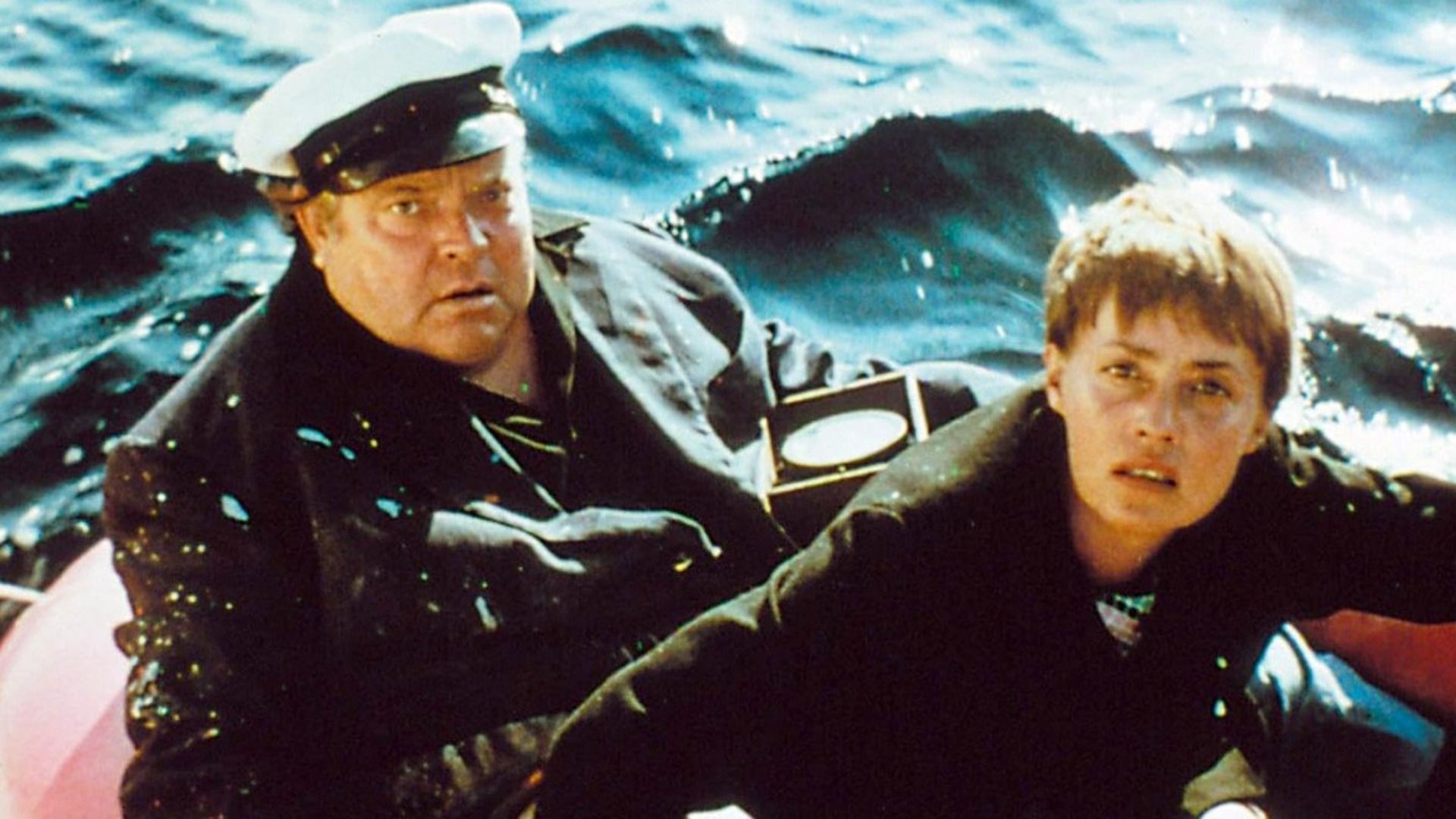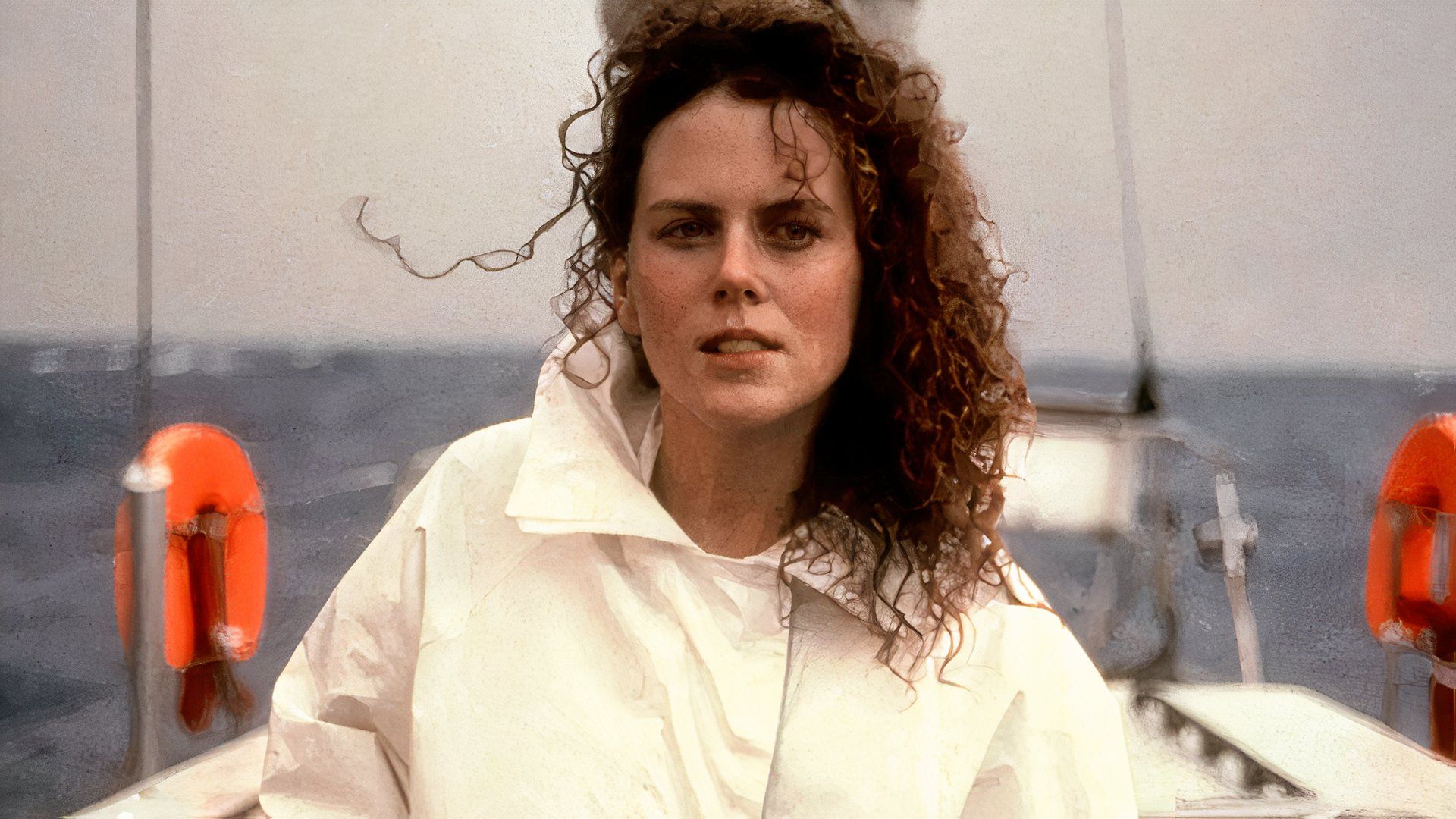No director suffered as abysmal a profession trajectory as Orson Welles. Reeling after years of rejection, the Citizen Kane director designed the movie The Deep to be his comeback. He thought it might redefine his picture and be the blockbuster that bankrolled his comfortable retirement. As an alternative, he misplaced an actor to scheduling conflicts, ran out of money, after which had his main man die. Sinking right into a melancholy, he gave up utterly, refusing to finish the movie. He lived one other 12 years and by no means accomplished one other full-length function narrative movie once more.
Starring Jeanne Moreau, Michael Bryant, Laurence Harvey, and himself, he correctly selected a robust character-driven drama, adapting a 1963 novel by Charles Williams. You would possibly discover an IMDb web page exists with a middling score. Even in loss of life, Welles could not get a break. Take that score with a grain of salt. That footage represents a cobbled-together interpretation of the script primarily based on snippets of remaining items. It should not be thought of legit, as Welles by no means signed off on that edit. Not even all of the audio has ever been correctly dubbed in, and the climax was by no means filmed. Falling sufferer to destiny, novelty blood, and the maliciousness of French customs officers, the nightmare saga behind the filming of this misplaced movie is sufficient to make you consider in curses.
The Movie That Demoralized Welles
Regardless of a strong script and forged, together with Manchurian Candidate actor Laurence Harvey, it was caught in a endless developmental hell. Work floor to a standstill instantly. The author/director made financial institution in cameo bit roles in status movies within the ’50s and ’60s, utilizing the cash to scrap collectively funding for his personal motion pictures. Starring and directing in The Deep, as was customary in his movies, his absence prevented any major scenes or second-unit footage from being recorded, leading to physique doubles standing in for Welles. Nonetheless, attributable to some unexpected chemical reactions, the faux blood turned inexperienced, per biographer Barbara Leaming.
Welles picked the worst second to modify to Technicolor. He not wished to be seen as an artsy farsty film filmmaker, hoping to truly make some cash for as soon as. “My hope is that it will not be an art-house film,” his daughter recalled him uttering. “I felt it was excessive time to point out that we might make some cash.” He by no means would.
Quickly after, Harvey died, plunging the manufacturing right into a stupor it by no means recovered from. Including insult to damage, the reels had been seized by French border officers and locked up for unknown causes for a few years, in keeping with the guide What Ever Occurred to Orson Welles? A former assistant, Dorian Bond, acknowledged that the movie was nonetheless salvageable and pictures might have been creatively filmed utilizing doubles or different tips, however within the midst of staging a high-octane thriller motion movie, it dawned on Welles he wasn’t making his film, however a film for different folks. As Bond put it in his guide Me and Mr. Welles, as a result of the “materials was too mild” and “characters too facile,” he bailed out of sheer exhaustion and disgust.

Associated
How David Lynch Would Have Dealt with Dune 2, Based mostly on His Unfinished Script
An unfinished script for David Lynch’s adaptation of Dune Messiah has been found, and it could have tailored the sequel in true Lynchian style.
The Surviving Fragments
Supposedly devoted to the guide, a clip or two did escape into the wild, a promo proven within the documentary One-Man Band. Nonetheless, like lots of Welles’ deliberate movies, it collected mud on a shelf, half made. He missed his probability at profession revival. Having alienated himself from the business, his status was souring by the 12 months, overshadowed by a brand new technology of daring American indie filmmakers who really acquired their movies accomplished. Fragments of The Deep had been caught in his 1973 documentary F For Pretend, the comeback film diminished to superfluous B-roll, presumably to justify all the trouble he wasted and the nest egg he had burned to movie it.

Associated
15 Books That Had been Purported to Be Unfilmable (However Had been Made Into Motion pictures Anyway)
It is a shock when an excellent however almost untranslatable guide makes it to the massive display screen, even greater when the movie’s a hit.
Staggering Unfulfilled Potential Turns into His Legacy
Was it any good? Based mostly on the out there first-party accounts, sure. Peter O’Toole purportedly liked the script however was unable to movie it attributable to different obligations, and co-star Moreau decried the movie’s destruction, remembering the dailies as unimaginable. Although if a completed model ever pops up, it will likely be anti-climactic, because the 1989 film Useless Calm beat it to the punch by a number of a long time. The easy however meaty horror thriller starring Sam Neill, Nicole Kidman, and Billy Zane was later accomplished by producer George Miller.
Welles’ reinvention by no means got here to be. His ultimate years had been unbelievably unhappy, the butt of jokes, diminished to odd jobs, agreeing to work as a TV pitchman. He did visitor voiceovers and even made just a few goofy documentaries, however The Deep was successfully his final film, his final probability at a undertaking befitting his true expertise. He capped off his filmography by drunkenly filming photo-copier, board sport, and frozen vegetable commercials to pay the payments, bickering with the engineers over the standard of his strains.
The film gods smiled upon Welles when he made his magnum opus at age 26. We nonetheless do not know what the prodigy did to earn their wrath. In 30 years, he went from a cutting-edge artist to a caricatured has-been. The Deep was supposed to show the tide in his favor, but it surely was in the end the loss of life knell of his inventive life.

